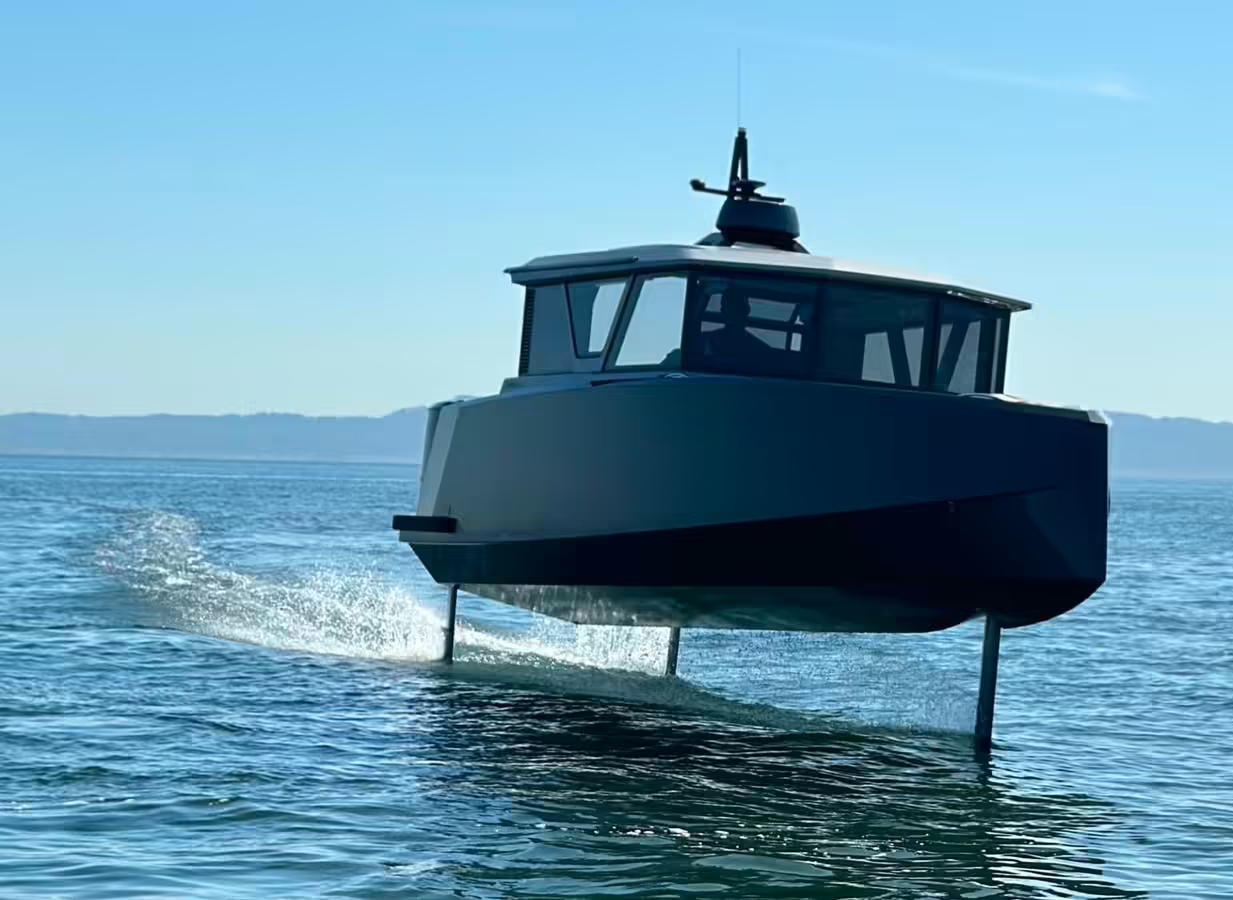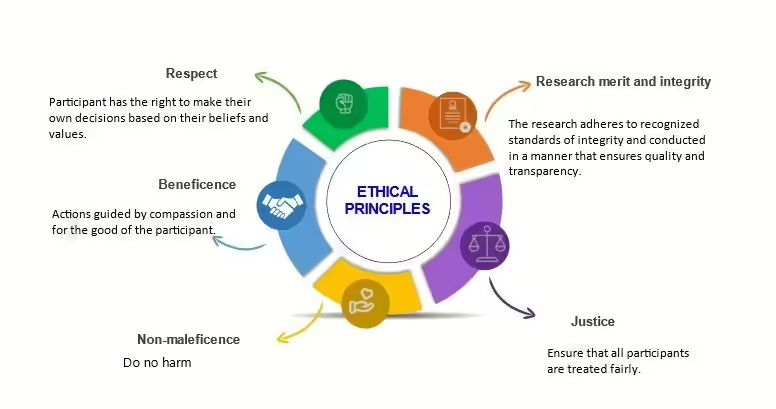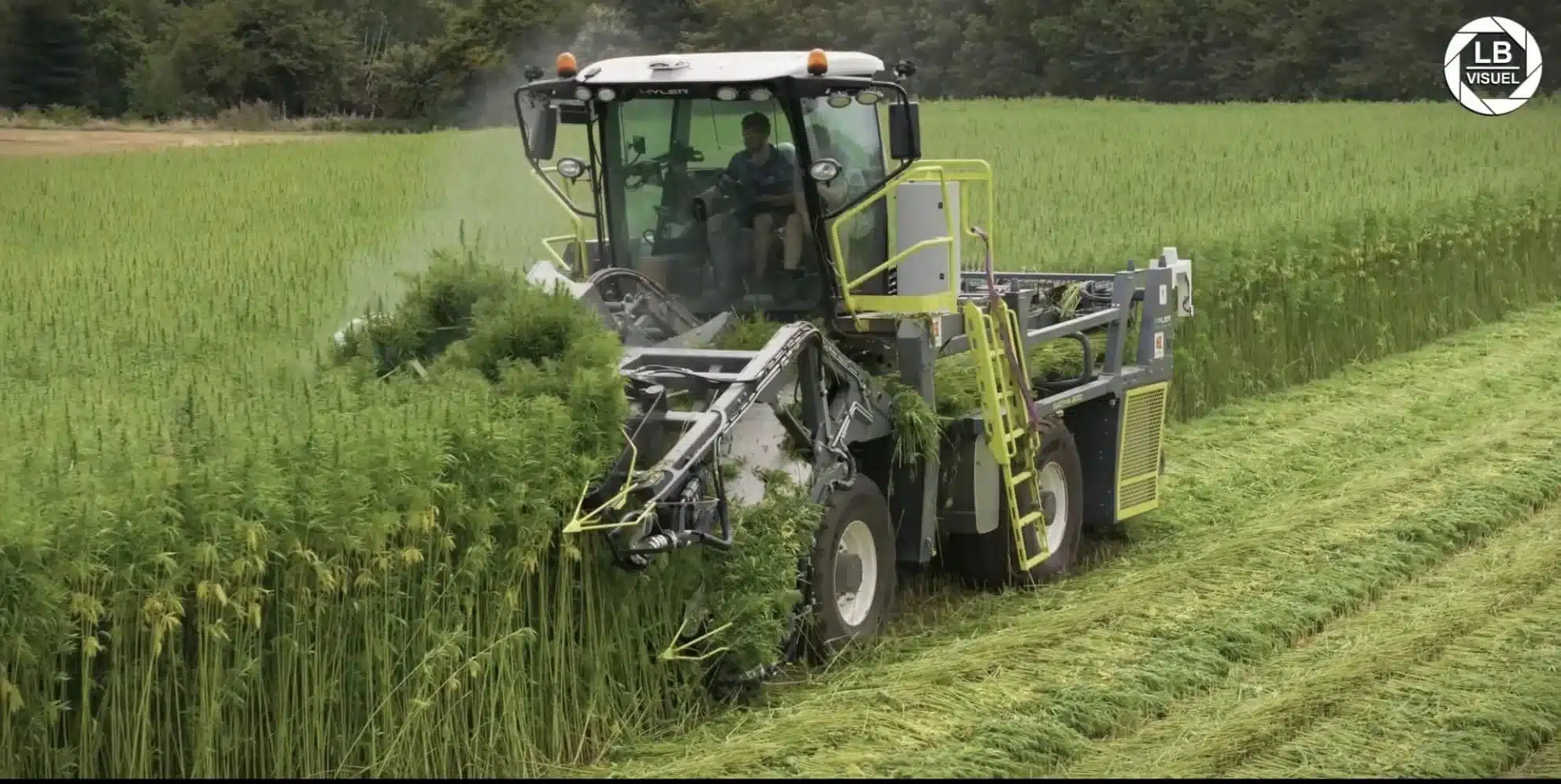DOSSIER: Hemp Carbon Credits
Hemp: A Green Goldmine for Carbon Credits
Hemp, a versatile plant with a rich history, is emerging as a powerful tool in the fight against climate change. Its rapid growth rate and ability to sequester large amounts of carbon dioxide make it an ideal candidate for carbon credit generation.
Carbon Sequestration Potential of Hemp
Hemp plants have a remarkable capacity to absorb carbon dioxide from the atmosphere and store it in their biomass. Through photosynthesis, hemp converts CO2 into plant matter, effectively locking it away. This process contributes to carbon sequestration, helping to mitigate climate change.
Calculating Carbon Credit Potential
To estimate the potential carbon credit earnings from hemp cultivation, we need to consider several factors, including:
- Yield per hectare: Hemp can yield significant biomass per hectare, depending on the variety and cultivation practices.
- Carbon sequestration rate: The amount of carbon dioxide that a hectare of hemp can sequester per year.
- Carbon credit price: The market price of carbon credits can fluctuate, but it’s a valuable commodity in the global carbon market.
Hypothetical Scenario:
Assuming a conservative estimate of 10 tons of carbon dioxide sequestered per hectare per year, and a carbon credit price of €10 per ton, a single hectare of hemp could potentially generate €100 per year in carbon credits.
With three yields per year, a single hectare could potentially generate €300 in carbon credits annually.
Scaling this up to a square kilometer (100 hectares), the potential earnings could reach €30,000 per year.
Hemp’s Role in Soil Remediation and Pollution Control
Beyond carbon sequestration, hemp can also play a crucial role in soil remediation and pollution control. Its deep root system helps to break up compacted soil, improve drainage, and reduce erosion. Additionally, hemp can absorb heavy metals and other pollutants from the soil, helping to clean up contaminated sites.
Crop Rotation and Soil Health
Hemp can be effectively integrated into crop rotation systems, improving soil health and reducing the need for chemical fertilizers and pesticides. By rotating hemp with other crops, farmers can enhance soil fertility, suppress weeds, and reduce the risk of pest and disease outbreaks.
The Future of Hemp and Climate Action
The future of hemp is bright, with its potential to contribute significantly to climate change mitigation and sustainable development. By embracing innovative cultivation practices, investing in research and development, and supporting policies that promote hemp cultivation, we can unlock the full potential of this remarkable plant.
The Hemp Nation Group is committed to driving the hemp revolution and leveraging the power of this versatile crop to create a more sustainable future.





